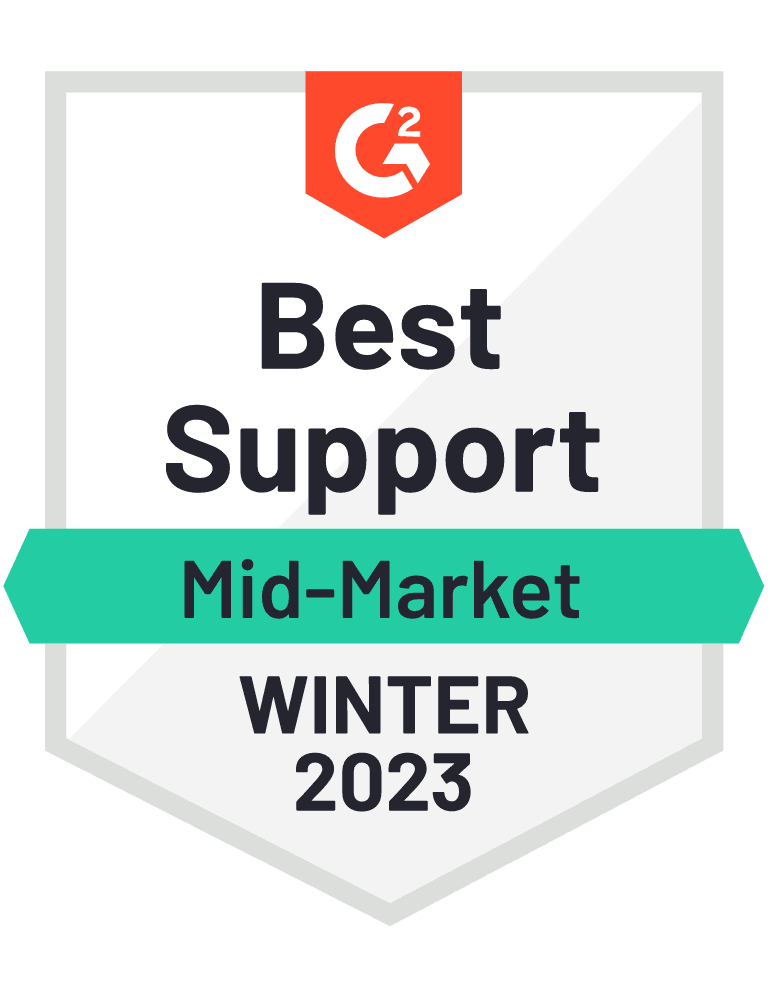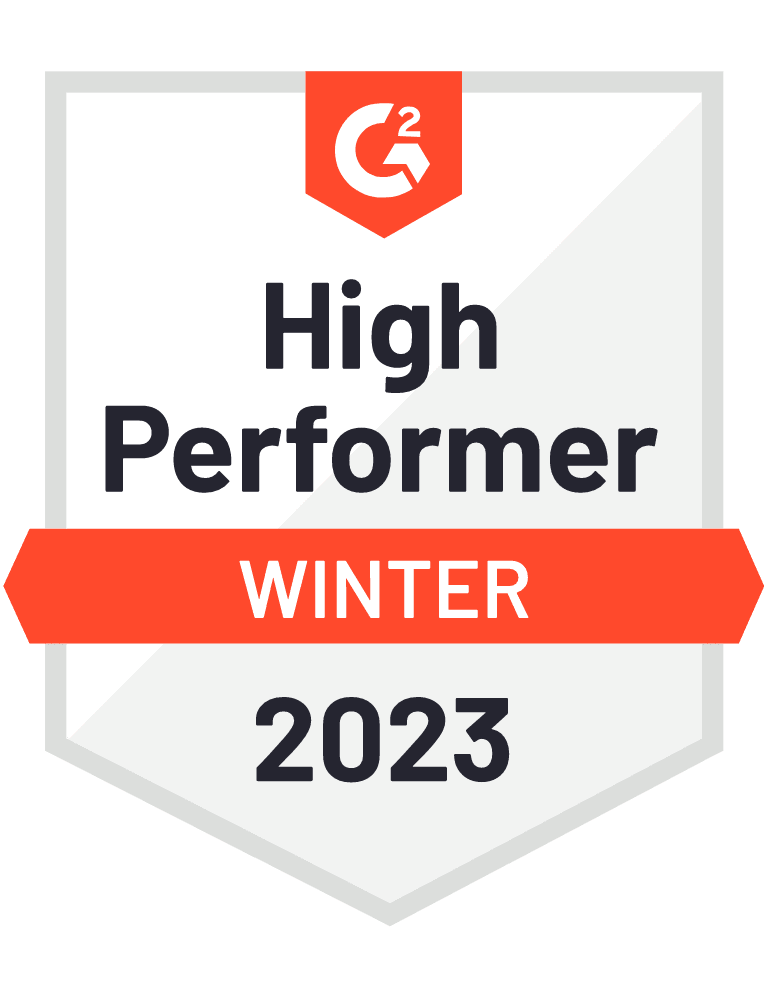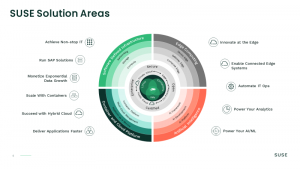UberCloud delivers a cloud-native approach to high-performance computing (HPC) with SUSE Linux Enterprise and SUSE Rancher. With UberCloud and SUSE, enterprises can empower their engineers and scientists to accelerate innovation, enable IT with streamlined tooling and enhanced service delivery, and provide leadership with unprecedented visibility to create efficiencies through a unified IT strategy. ~ Terry
SUSE BLOG ARTICLE GUEST AUTHORS:
- Wolfgang Gentzsch, president and co-founder, UberCloud
- Daniel Gruber, director of architecture, UberCloud

HPC is an essential capability to enterprises across a broad spectrum of industries, including manufacturing, automotive, aerospace, energy, life sciences, finance, and more. HPC gives enterprises the ability to discover scientific and business , develop new products, and open new avenues for progress by enabling multi-physics simulations, digital twin models, big data analytics, machine learning, and other complex engineering and scientific workloads. But even the largest enterprises can struggle to deploy, manage, and scale the robust HPC resources they need for success in the modern world.
UberCloud and SUSE deliver the next generation of enterprise HPC.
UberCloud’s next generation HPC engineering platform

UberCloud delivers an integrated solution of cloud-native software and services that help enterprises:
Remove resource limitations
Traditional HPC is difficult and costly to scale, manage, and keep up-to-date. This forces engineers and scientists to limit simulation models to fit within available resources, reducing the accuracy of results and lowering the quality of insights for next-generation products.
UberCloud and SUSE make it easy and safe to take advantage of the scale and power available in any public cloud to enable their engineers with the HPC compute and storage resources they need. And, enterprises run the UberCloud Engineering Simulation Platform within their own cloud platform accounts, so they remain fully and exclusively in control while also maintaining infrastructure freedom.
Streamline management and administration
HPC environments are notoriously complex, requiring specialized skills to support HPC hardware, software, and workflows. Introducing the cloud to address HPC resource limitations only exacerbates these challenges, especially as IT must deal with structures and controls that are often unique to each cloud platform.
The UberCloud Engineering Simulation Platform streamlines administration, regardless of the underlying public or private cloud, simplifying IT operations and even providing self-service capabilities that can empower engineers and scientists to quickly and easily leverage HPC resources within governed limits.
Unify IT strategies
HPC hardware, software, and operations can be quite outside the traditional enterprise IT experience, often resulting in the formation of IT silos and making it difficult to integrate HPC into an overall IT strategy that can address inefficiencies and make effective use of the cloud.
The UberCloud Engineering Simulation Platform streamlines IT operations and also natively integrates with SUSE Rancher to provide unprecedented, multi-cloud observability and management. Enterprises can gain holistic governance of their IT landscapes, enabling them to quickly adapt to changing conditions and driving efficiencies for lower total cost of ownership.
Accelerate adoption
New technologies can take time to learn, slowing adoption and limiting the benefits that can come through modernization.
The UberCloud Engineering Simulation Platform easily integrates HPC cloud into existing IT operations and workflows – including the use of SUSE Rancher for multi-cloud governance. A self-service portal further reduces the burden on IT while empowering users to easily access company cloud resources.
Unique UberCloud HPC application containers give scientists and engineers familiar HPC cluster environments, applications, and workflows, enabling them to continue their work with little or no additional training. UberCloud HPC containers are built on SUSE Linux Enterprise to deliver optimum performance, compatibility, and security.
UberCloud’s HPC engagement model
UberCloud leverages a proven on-boarding process with services delivered by HPC, cloud, and container experts focused on empowering enterprise customers to accelerate innovation.
UberCloud engagements feature:
- Joint discovery workshop
In an initial meeting, UberCloud explores with enterprise stakeholders their challenges, needs, applications, and goals.
- Proof of concept
Through a service engagement, UberCloud deploys a test environment, providing enterprise stakeholders an opportunity to try the solution.
- Production engineering
After a successful proof of concept, UberCloud implements a customized, production environment within the customer’s own cloud accounts.
- Software and support
UberCloud software and support subscriptions provide cost-efficient access to the UberCloud Engineering Simulation Platform, UberCloud HPC application containers, and support services.
Reimagine HPC with UberCloud and SUSE
UberCloud and SUSE recognize the importance of HPC to accelerate innovation across a broad spectrum of industries and endeavors – from manufacturing to energy production to life sciences to finance and beyond. With the UberCloud Engineering Simulation Platform, featuring SUSE Linux Enterprise and SUSE Rancher, enterprises can accelerate innovation with improved access to HPC resources, streamlined operations, and realized efficiencies lowering total cost of ownership.
Accelerate with us at SC22
Are you going to SC22, the international conference for high performance computing, networking, storage, and analysis?
The theme this year is, “hpc accelerates.”

Join us at the SUSE booth (#2222) to feed your need for speed on the SUSE Performance Slot Car Racetrack. It’s full trigger, old school cool, and a lot of fun!
UberCloud is sponsoring the races on Tuesday, November 15. Compete for prizes throughout the day, turn in the fastest race time on Tuesday and you’ll win, courtesy of UberCloud, a remote control ARRMA Granite 4X4 monster truck – which is new school cool!
Also on Tuesday, at 2:15 p.m. CST, catch the UberCloud session featured in the Microsoft Azure booth (#2433): A toolbox for moving engineering simulation workloads to the Azure cloud.

Wolfgang Gentzsch is President and Co-Founder of UberCloud. Before, he was the Chairman of the International ISC Cloud Conference series. Previously, he was an Advisor to EU projects, Director of the German D-Grid Initiative and the North Carolina Statewide Grid, Member of the Board of Directors of the Open Grid Forum, Member of the US President’s Council of Advisors for Science and Technology, and a professor of computer science and math at several universities in North Carolina and in Regensburg, Germany. Wolfgang started his career as a scientist at the Max Planck Institute for Plasmaphysics, and as Head of the Computational Fluid Dynamics at DLR in Göttingen.

Daniel is Director of Architecture at UberCloud. He holds a B.Sc. and M.Sc. in Information Engineering. Daniel is co-founding member of the initial version of Univa Grid Engine at Univa with a long history in developing core components of Grid Engine at Sun Microsystems, Oracle, and Univa. Daniel is a strong supporter of open standards. At UberCloud he is committed to “Pave the way to HPC as a Service.”
SUSE One Partner Solution Stacks are featured co-innovations that help our customers address a broad spectrum of challenges. Solution Stacks can be leveraged by SUSE One Partners of all specializations and tiers to deliver unique value to our customers. Log into the SUSE One Partner Portal to learn more.





 Your
Your 








